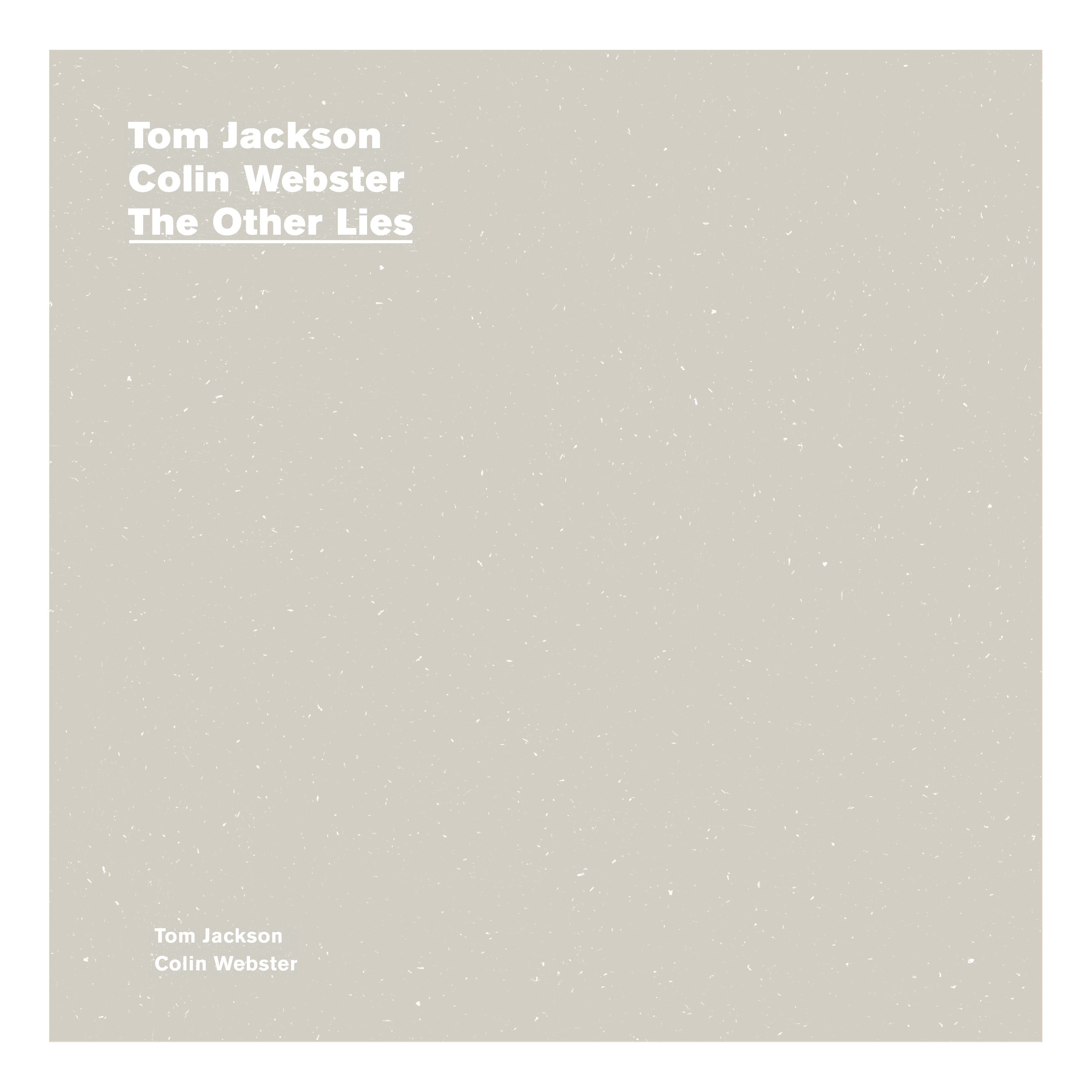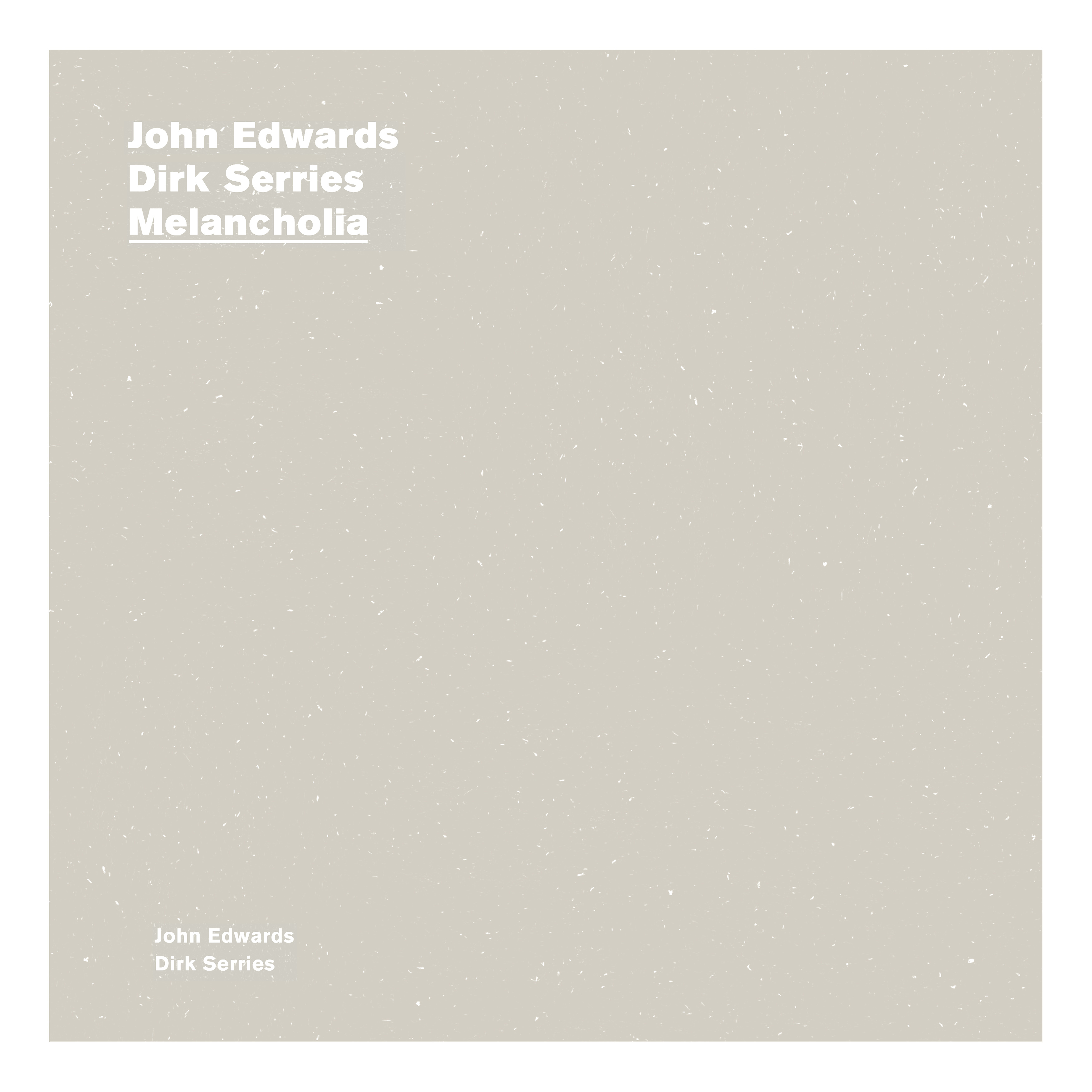Frans De Waard’s VITAL WEEKLY just reviewed in their usual flamboyant style – you either agree or disagree/love or hate – our 3 new releases.



“Let me start with a point of critique; two of three new releases from Belgium’s New wave Of Jazz are too long. One is seventy and the other close to eighty minutes. I am aware that there is no need to play a CD in its entirety, and one can play a piece a day and return another day for another. That is, however, not how I listen to music. Old-school as I am, I play an album in one go, and with difficult music, such as this label releases, this is no easy fate. First off, there is a duo of Tom Jackson )clarinet) and Colin Webster (alto and baritone saxophones). The six pieces (this is the
seventy-minute disc!) were recorded in a single day in February of this year. Their respective approaches to their instruments make them recognizable as clarinet and saxophones (the liner notes tell us about extended techniques, but maybe I have a different idea about those?). There are no other techniques than blowing wind down pipes, which I don’t mean in any defamatory way. The music here is from the world of die-hard improvisation, which I occasionally like and sometimes not at all. The interaction between these players is great, and most of the time, there seems to be a call and response game between the two. Sometimes there is no dialogue, and it turns into a ‘fighting’ match, with crazy, hectic bending of instruments, stumbling and falling. I enjoyed this disc, but in all honesty, I must admit this is a review I didn’t write after one long listening session. After the first three pieces (half the disc), I went away from it and returned later for the last three. Even in
finalizing the thoughts about this, I had this duality of enjoying but only in a small dose.
‘Melancholia’ is, perhaps, a somewhat misleading title for the duet of John Edward (double bass) and label boss Dirk Serries (acoustic guitar). One might expect some sad music, a soft thud on the bass, a few strums on the acoustic guitar, but it is clear that these men deal with a different kind of melancholia right from the start. In the two pieces (forty-four minutes), I think there is a mutual agreement between the two to work along dynamic lines. They cut out the middle ground, it seems. The music is loud or quiet, explosive or controlled. Maybe, not ‘or’ buy ‘and’. In their explosiveness, the music seems to have control anyway, almost as if they agreed upon certain things, and I am (also?) sure they didn’t do this. There is chaos, nervousness, and hecticness throughout, even in the quietest of moments. The liner notes (again!) mention ‘playfulness’, which is not something I took
from the music. Unrest and immediacy would be my keywords to the music. Maybe it is playful, but it might be different playing. There is an interesting tension between these players, which one hears in the music (well, I do), and that tension works for me very well. Certainly, some of this has to do with the music being very upfront and direct (just as with Jackson/Webster release), which makes an escape not really possible. You can only sit back and listen and don’t do much else. I guess that’s what good music should do (and yes, I know music can be used in many different ways also)
The final release is the longest one and also the most abstract one. Thanks to Anton Mobin and his ‘prepared chamber’, a wooden box with strings, objects, and amplification. An instrument not unlike Tore H. Boe’s ‘acoustic laptop’. It is also an instrument for which we don’t know what it will sound like, unlike the piano, played by Martina Verhoeven, even when she plays the piano less
traditionally; techniques that go back to John Cage and his prepared piano. Verhoeven divides her attention to both the keys and the inside of the piano. In the prepared chamber of Mobin, all sorts of sounds are possible. Strings plucked, bowed or thumbed, and maybe there is also a bit of vinyl that he hand spins. Combining these two instruments brings out some wonderful music all over the place. Improvisation is, of course, one thing, a fixed point for departure, but the two also show, at times, some form of repetition that see them repeatedly bang their instruments for a while. That might seem das verboten in the world of free improvisation, but it works well within their ‘anything goes’ approach. For minutes on end, there is a total abstraction going on, but Verhoeven returns to the keyboard and reminds us that this is the piano. Within those wide apart boundaries, this music happens. There are two pieces here, ‘Cure’ and ‘Mound’, of which the first is almost forty-seven minutes.
I thought that was more than enough, as in that time frame, they explored so many ideas that it seemed complicated to top that. And as such, ‘Mound’ seems a continuation of ideas for them, a further exploration of what we already know, and this indeed is one of the discs that is the best split in two different listening sessions. Each piece is great, that much is sure, but together is too big of a plate to eat at once.” Vital Weekly – The Netherlands
You must be logged in to post a comment.